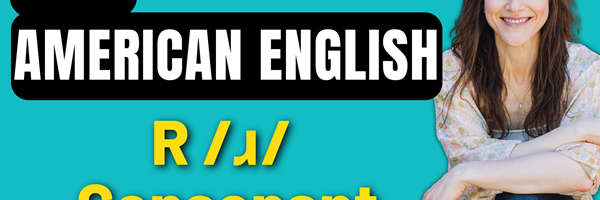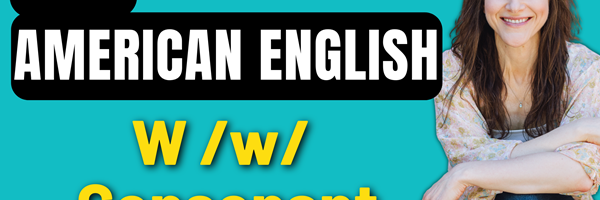(Video Transcript)
Yell
Yesterday
kayak
Let’s learn how to pronounce the Y consonant sound in American English.
How to pronounce the Y /j/ consonant
The Y consonant sound is a glide consonant in American English. This means that the articulators have some movement as you say the sound, but they do not touch. For the Y consonant, the tongue moves up to the palate as you say the sound, then it moves back down. The airflow is not stopped by this movement. Instead, the airflow is continuous. The Y consonant is also a voiced consonant, which means the vocal cords are turned on as you say it.
Y, Y, Y
Glide consonants in American English
Glide consonants are also called semivowels, which means the glide consonant is very similar to a vowel, but they don’t function like a vowel in a word. The Y glide consonant is similar to the EE as in beat vowel in American English. Listen to me say the Y consonant and the EE vowel side by side. Notice how they sound similar.
Y, E, Y, E
To make the Y consonant sound, the jaw opens slightly. The tongue is in a wide shape, and the middle of the tongue arches up towards the palate. The sides of the tongue push against the inside of the upper molars. The tongue tip is down. There is tension in the middle part of the tongue as the tongue pushes forward. The Y consonant is a voiced consonant, which means the vocal cords are turned on as you say it.
There is secondary tension in the throat as the base of the tongue tenses.
Y, Y, Y
This helps to shape the airflow as it travels from the throat and along the top of the tongue.
Watch an animation of the Y consonant sound. This animation was created from an actual video of a real person pronouncing the Y consonant sound. The animation shows the side view of the person's face, and I slowed it down to half speed. Watch how the middle of the tongue arches up towards the palate.
Let’s take a closer look at the Y consonant sound.
Y /j/ consonant in slow motion
Here is the Y consonant in isolation. The lips are neutral. The tongue is wide, and as it lifts towards the palate, it pushes against the inside of the upper teeth. The tongue tip is down. The middle part of the tongue tenses and pushes forward, and at the same time the base of the tongue also tenses.
Now the word yes. Again, notice the tongue move up and arch towards the palate. The tip is down. The side of the tongue pushes against the inside of the upper molars, and the base of the tongue tenses. Then the sound is released into the EH as in red vowel.
Now the word lawyer. Same tongue movement happens here: tongue moves up and arches towards the palate, sides push against the inside of the upper molars, middle of tongue pushes forward while the base of the tongue tenses.
This sound does not occur at the end of words or syllables, but the letter Y can occur in the spelling, like in the word toy. But remember, the letters O and Y are pronounced like the OY diphthong, not the Y consonant.
Practice: Y /j/ consonant
Let’s practice a few words together. Say the words with me.
Yet, Y, yet
Onion, Y, onion
Million, Y, million
Thanks so much for practicing the Y consonant sound with me. I hope this video was helpful! But we don’t have to end the practice here - let’s keep working together! Check out the additional practice videos of the Y consonant sound in English Pro, my comprehensive online accent training community. The details on how to enroll in English Pro are in the description below. Thanks, and have a great day!
And I'd love to hear from you - contact me to learn how we can work together to perfect your American English pronunciation!



